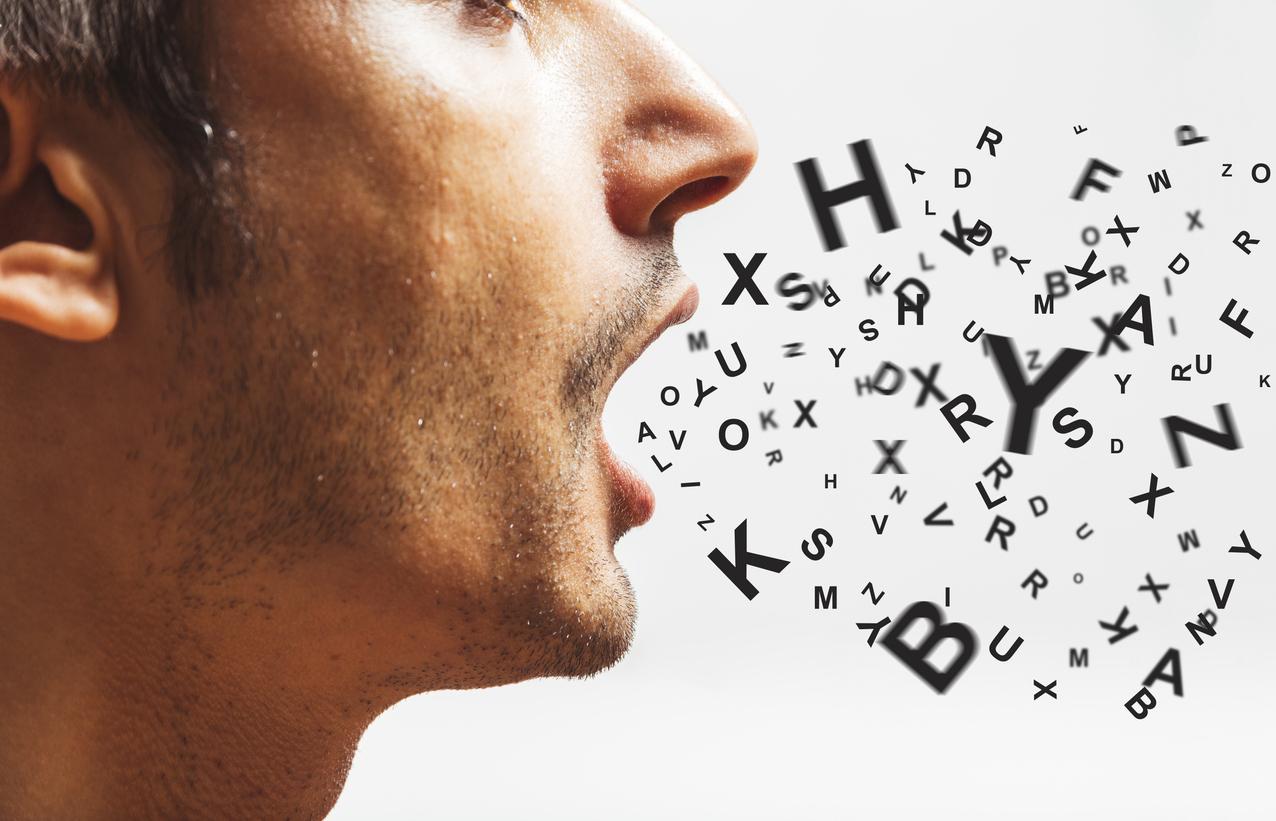Researchers from Lyon have released a 15-year-old man from a vegetative state. For this, they stimulated her vagus nerve for a month.

Unexpected. After 15 years in a vegetative state, a 35-year-old man again exhibited signs of consciousness. This thanks to specialists from the Institut des Sciences Cognitives Marc-Jeannerod in Lyon (Rhône). They explain their experience in Current Biology.
Victim of a car accident, the patient in question never regained consciousness. For more than a decade, man remained in a vegetative state. He is then able to breathe on his own, to perform automatic gestures or even to open his eyes. But no conscious activity is possible. No external stimulus causes it to react despite repeated attempts.
A type of pacemaker
After 12 months in this condition – caused by brain damage – medical teams generally consider the case irreversible. This is precisely why the Lyonnais selected this patient. They wanted to be sure that no other factor could interfere. And their experience suggests that coming out of a prolonged vegetative state is possible.
The proposed solution is invasive to say the least. It involves implanting a vagus nerve stimulator in the subject’s chest. The device, similar to a pacemaker, sends electrical impulses at regular intervals to this nerve. A technique already used with success in epilepsy.
After a month of stimulation, researchers began to see real improvements. His electroencephalogram is much more active, particularly in the cortex and subcortical regions.

Brain activity before (left) and after (right) vagus nerve stimulation (Corazzol et al.)
A multi-function nerve
From an external point of view, too, the situation is improving. The patient begins to respond to solicitations – such as following an object with their eyes or turning their head. According to his mother, he stays awake longer when reading a book to him.
And it is good conscience that it is. Because man is also capable of reacting to situations that he considers threatening. If a face suddenly approaches him, his eyes widen. So many signs that suggest that he has entered a state of minimal consciousness. “It is possible to improve a patient’s interactions with the world,” says Angela Sirigu, who coordinated the work.
The use of the vagus nerve stimulator could well extend, if the Lyon results are confirmed. The team therefore planned to launch a larger study to confirm these results.
It remains to be confirmed that it is indeed the stimulation of the vagus nerve that allowed this improvement. The working hypothesis is serious: the vagus nerve connects the brain to other areas of the body … but it also plays a key role in wakefulness and other functions.
.

















